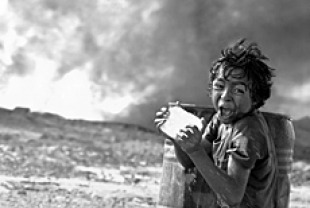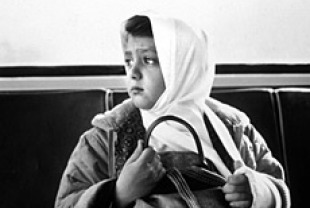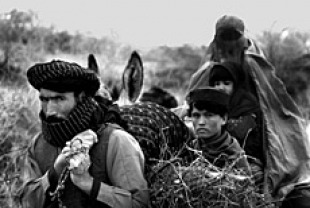Iranian cinema holds a special place in the hearts of film buffs around the world. Nader Takmil Homayoun has made a rounded and robust overview of Iranian cinema and its shifting relationship to the political and religious tides in his country's history and culture. It contains some wonderful clips from documentaries and feature films, along with interviews with such trend-setters as Bahram Beyzai, Sohrab Shahid Saless, and Parviz Kimiavi, and more modern and postmodern filmmakers including Amir Naderi, Mohsen Makhmalbaf, and Abbas Kiarostami.
Using archival footage, Homayoun begins his survey in 1933 with Haji Agha, the Cinema Actor, the country's first sound film, and ends with A Time for Drunken Horses (2000) about some Kurdish brothers and their attempts to survive in hard times. This documentary shows how filmmakers tried to offer alternatives to various regimes from the decades-long reign of Reza Shah Pahlevi and his son to the rise of Khomeini and the genesis of the Islamic Republic.
In 1979, Hollywood films were banned in Iran and 125 theatres were burned down or closed in an effort to lessen the impact of the West. During the eight-year war with Iraq, the Islamic Republic tried to convince filmmakers to make movies about young men dying in battle and being rewarded with paradise. Those directors who depicted war as hell were told to rework their movies.
In the 1990s Iranian filmmakers excelled with distinctive looking dramas about children, nature, poetry, and traditional values while the rest of the world tried to copy Hollywood with action dramas and other violent fare. The fundamentalist regimes, according to Homayoun, went along with these mystical movies and to the present day, they offer a humanistic and non-violent alterative to the mainstream commercial fare of the West.


